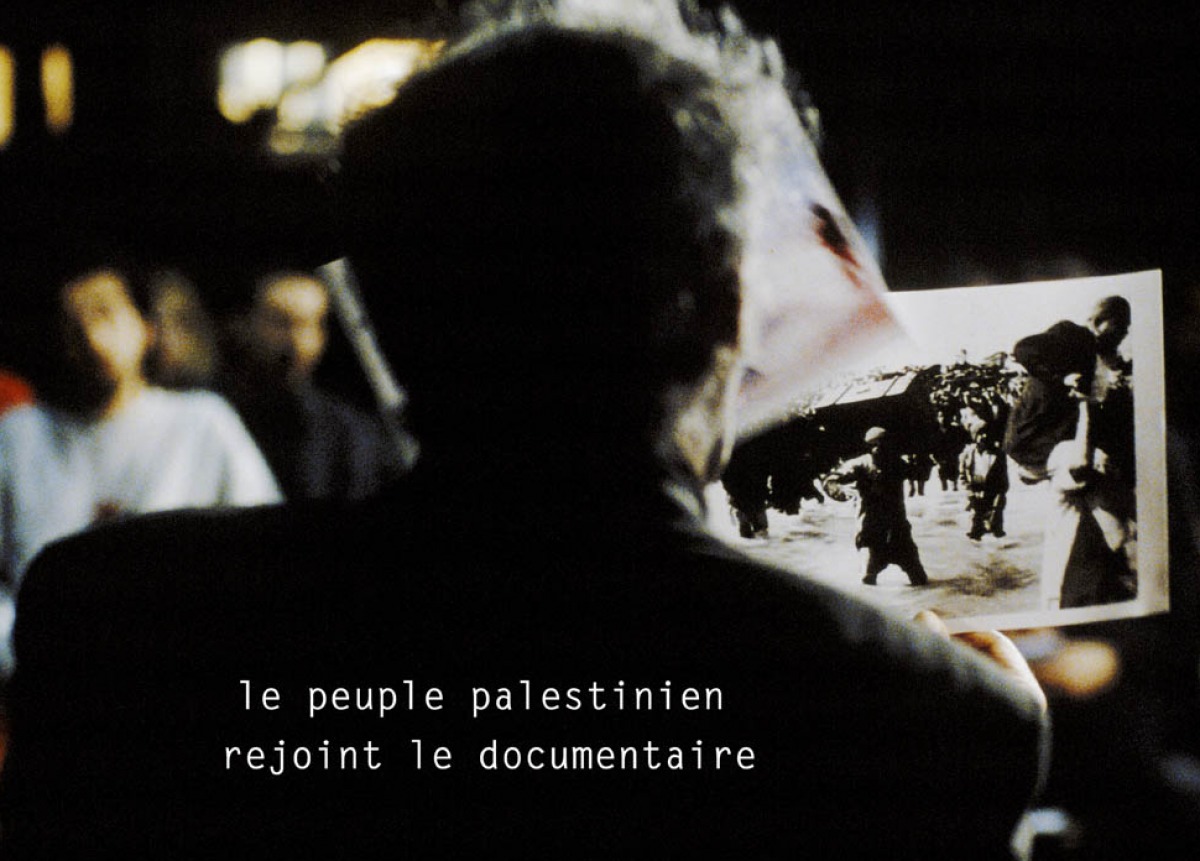
12 December 2012 20:30 Argos, Brussels
in conversation with Stoffel Debuysere
“Shot and counter shot do not imply any form of similarity or equality but they pose a question.” According to Jean-Luc Godard, montage, as the essence of cinema, does not solely consist of putting one image in juxtaposition or in opposition to another or to draw together heterogeneous elements; its purpose is rather to create a space of thought in which the possibility exists that one reality inhabits another. This stance also characterises Godard’s approach to two recurrent themes that form a constant thread throughout his oeuvre: the Jewish question and the Palestinian question. The Jewish issue AND the Palestinian issue, Jew AND Muslim: bringing up these connections promptly instigate criticism and discord. This “forbidden montage” is the central theme of the eponymous online project (montageinterdit.net) developed by documentary filmmaker Eyal Sivan. The project aims to generate critical reflections on montage and its possible meanings within a political debate. According to Sivan, by using a databank of fragments from Godard’s work, the project seeks to “show that the islamophobia and racism now spreading through Europe have their roots in the Jewish question and antisemitism”. In this DISSENT! session Sivan discusses what this “forbidden montage” amounts to. What does it mean to bring two elements together and weigh one up against the other with the aid of a montage as, dixit Godard, “the scales of justice”?
Eyal Sivan is a documentary film maker and theoretician. Born in September 1964 in Haïfa Israel, Eyal Sivan grew up in Jerusalem before moving to Paris in 1985. From early on in his career, his writing and films have critically examined Israeli society and the occupation of Palestine, as well as broader themes of national identity, collective memory and civil disobedience. Recent projects include “Common state”, a reflection on the one-state solution for the Israeli-Palestinian conflict, and “A Common Archive for 1948 Palestine”, which seeks to bring together testimonies of Palestinian refugees and Zionist perpetrators of the Nakba.
DISSENT ! is an initiative of Argos, Auguste Orts and Courtisane, in the framework of the research project “Figures of Dissent” (KASK/Hogent), with support of VGC.
Also read Godard’s text published in ‘El Fatah’ (1970), his letter to Elias Sanbar (1979) and these extracts taken from various texts written by and interviews with Godard, all related to the question of ‘Montage Interdit’. More articles on the work of Godard can be found here.
——————————————————————————————————————————————————————-
About DISSENT!
How can the relation between cinema and politics be thought today? Between a cinema of politics and a politics of cinema, between politics as subject and as practice, between form and content? From Vertov’s cinematographic communism to the Dardenne brothers’ social realism, from Straub-Huillet’s Brechtian dialectics to the aesthetic-emancipatory figures of Pedro Costa, from Guy Debord’s radical anti-cinema to the mainstream pamphlets of Oliver Stone, the quest for cinematographic representations of political resistance has taken many different forms and strategies over the course of a century. The multiple choices and pathways that have gradually been adopted, constantly clash with the relationship between theory and practice, representation and action, awareness and mobilization, experience and change. Is cinema today regaining some of its old forces and promises? Are we once again confronted with the questions that Serge Daney asked a few decades ago? As the French film critic wrote: “How can political statements be presented cinematographically? And how can they be made positive?”. These issues are central in a series of conversations in which contemporary perspectives on the relationship between cinema and politics are explored.